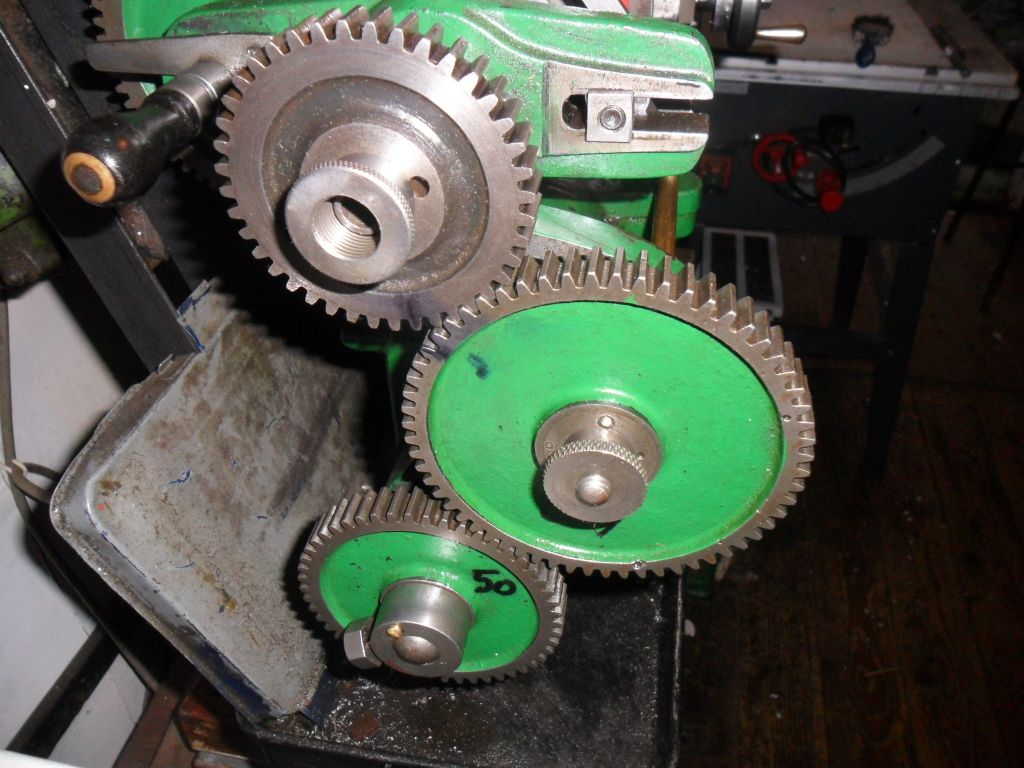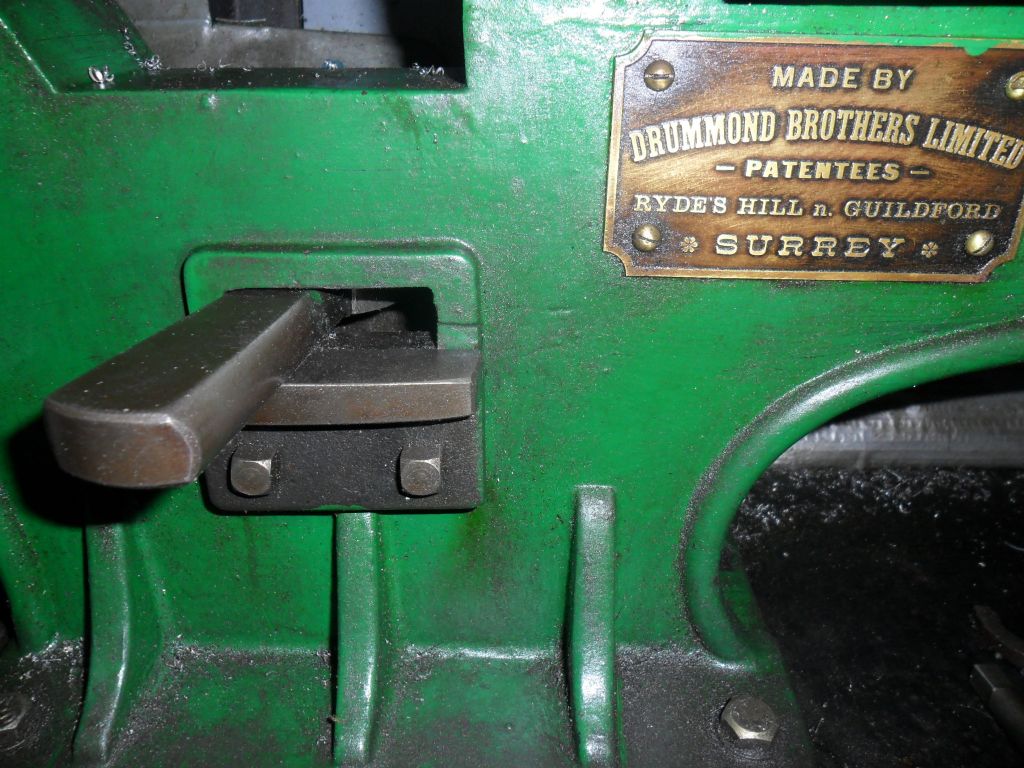Posted by Nobby on 11/09/2011 00:21:35:
Hi.
How is the dial divided up please. I want to add one to my s7 Mk1 Mine looks about 7/8″ per rev.
Regards Nobby
Nobby,
It would probably be useful if you were to mention the article published in the latest issue of Home Shop MAchinist, September-October 2011, p. 26 – 35. There was also an earlier version of the article published in Engineering in Miniature but I don’t know the daye or issue number for that release.
This is an article by Graham Meek. It tells how to build a micrometer dial for the carriage handwheel. The example discussed specifically was for a Myford Auper7 but he points out that the principles can be applied to any lathe.
The special feature of this design is that, since the carriage traverses an inconvenient distance for each revolution of the hand wheel. ther is an internal gear system which makes the micrometer dial rotate at a differen rate than does the handwheel so tha it reads actual distance traversed instead of a decimal value of the rotation of the hand wheel.
Per Gray’s article the carriage travel per revolution of the hand wheel is .866″. It would be inconvenient to have a micrometer dial marked out in 86.6 divisions to indicate 0.01″ units. The internal gearing makes the dial rotate more slowly than the hand wheel so that when the handwheel has rotated one full revolution the dial will have rotated .866 revolutions by which means it reads the actual distance traversed rather than parts of a revolution of the hand wheel.
The picture at the start of this thread is straight out of the article and is marked with 100 divisions with each 5th mark a bit longer than the singles and each 10th mark noted with numbers for tenths of an inch. Gray gives the gearing to accomplish the reduced rotation of the dial for correct decimal inches and also provides the same information to read out in millimeters with divisions down to 1/4 mm.
In the article Gray states that the the gearing has an error of 0.43% (actually 4.35/1000 on a dial marked in hundreths). It would be possible to get that down to 0.17% error but it would require very special gears which can only be cut by hobbing. (J.S. original gearing 26/28 x 26/28, better 26/28 x 27/29. 27 on 26 pitch circle, 29 on 28 pitch circle.) This would actually fit because the gears would be the same size as the ones Gray specifies, I can generat numbers which can get he error down to .077% but I don’t know if the gears could be fitted within the mechanism as designed.
So, to recap, 100 divisions indicating .01″ or 100 divisons indicating .25 mm used with alternative gearing.
Anthony
Edited By Anthony Rhodes on 18/09/2011 05:10:36
MyfordS7NL.








